Becoming Jack Nicholson
The Masculine Persona from
Easy Rider to The Shining
Shaun R. Karli

THE SCARECROW PRESS, INC.
Lanham Toronto Plymouth, UK
2012
Published by Scarecrow Press, Inc.
A wholly owned subsidiary of The Rowman & Littlefield Publishing Group, Inc.
4501 Forbes Boulevard, Suite 200, Lanham, Maryland 20706
www.rowman.com
10 Thornbury Road, Plymouth PL6 7PP, United Kingdom
Copyright 2012 by Shaun R. Karli
All rights reserved. No part of this book may be reproduced in any form or by any electronic or mechanical means, including information storage and retrieval systems, without written permission from the publisher, except by a reviewer who may quote passages in a review.
British Library Cataloguing in Publication Information Available
Library of Congress Cataloging-in-Publication Data
Karli, Shaun R., 1979
Becoming Jack Nicholson : the masculine persona from Easy Rider to The Shining / Shaun R. Karli.
p. cm.
Includes bibliographical references and index.
ISBN 978-0-8108-8598-1 (cloth : alk. paper) ISBN 978-0-8108-8599-8 (ebook) 1. Nicholson, JackCriticism and interpretation. I. Title.
PN2287.N5K38 2013
791.4302'8092dc23
2012025808
 The paper used in this publication meets the minimum requirements of American National Standard for Information Sciences Permanence of Paper for Printed Library Materials, ANSI/NISO Z39.48-1992.
The paper used in this publication meets the minimum requirements of American National Standard for Information Sciences Permanence of Paper for Printed Library Materials, ANSI/NISO Z39.48-1992.
Printed in the United States of America
To Steve Centola
Acknowledgments
Several people deserve recognition for making this book possible. First is Roberta Jill Craven, whose influence on this endeavor has been immeasurable. A number of key ideas emerged out of discussions with Jill, including using Foucaults What Is an Author? essay to understand Nicholsons composite persona, defining Nicholsons dislocation technique to explain his acting style, and citing Comolli and Narboni to analyze subversive film structures. Truly, Jill was a collaborator on this book. William G. Smith also contributed valuable suggestions on exploring the influence of existentialism on Nicholsons early work. Beverly Schneller also deserves mention for prompting me to scour the archives for early Nicholson interviews.
I would also like to thank Colin Gardner and Patricia McClune for helping with citations, Philippa Gates for offering words of encouragement, Joseph Lacombe for writing the about the author page, and Jared Hughes, Christen Karniski, and Stephen Ryan at Scarecrow for their collaborative effort in coming up with the title. Deann Buffington, Mel Upton, and Patrick Sasse from Conestoga Valley deserve recognition for being so supportive while I was working on the book. They may not have realized their impact, but little gestures go a long way. Special thanks to Jason Perkowski, whose early discussions with me about the role of the white male in American society provided a valuable starting point for what would eventually become this book. A special mention must also go to Daniel G. Lehman, without whom I may never have discovered the films of Jack Nicholson.
Thanks also to Photofest for their support with images. Their extensive database proved invaluable when selecting photos to include.
As strange as it may seem, this book never would have gone in the direction it did if not for David Savrans Communists, Cowboys, and Queers. Savrans examination of Arthur Millers and Tennessee Williamss treatment of gender, particularly masculinity, gave me my focus for examining Nicholsons persona. I discovered Savrans book as a graduate student with the help of one of my professors, the incomparable Steven R. Centola, who became more than just a teacher but a mentor and friend as well. Without Steves initial enthusiasm for my subject, I doubt that I ever would have developed it into a book. Words cannot express my sadness that Steve is unable to see the finished product.
Perhaps most deserving of thanks, though, is my family for putting up with my rants about Jack Nicholson over the past ten years. Thank you to Avery and Lillian for understanding when their dad needs to finish editing a chapter before taking them on a walk to the park, and thank you especially Amanda. You make everything I do possible.
Introduction
Throughout history, people have attempted to polarize their cultures into two distinctly opposite camps. These attempts often assign people to unrealistically narrow worldviews, while an abstraction of any given point in a cultures history reveals a spectrum between those who align themselves strictly with the dominant culture and those who remain firmly against it. Realistically, most people fall somewhere in between these poles. However, literary authors often favor the opposition because their artistic temperaments result in alienation; they find themselves at odds with the demands of the dominant culture, and their art is a product of that tension.
The same can be said of certain people involved with the art of film, such as directors, screenwriters, and actors. But in the case of film, it is often more difficult for iconoclasts to project their unique visions onto the screen when they are faced with practical considerations, such as adhering to the tested precepts of Hollywoods moneymaking machine. During one brief period in Hollywood history, however, several factors converged to allow for unique opportunities for expression. The 1970s were a period in which Hollywood, which was formerly restrictive toward individual expression in its films, began to accept the auteur, the director whose artistic vision is allowed to dominantly shape the movies he or she makes. The demise of both the production code and the studio system in the late 1960s allowed for an increase in sex, crime, and violence on screen. As a result, films like Bonnie and Clyde (1967) and Midnight Cowboy (1969) delivered content that had been previously taboo. The success of Easy Rider in 1969 ensured that the independent film would have a place at the box office, and during what Robert Phillip Kolker calls a brief freedom... to be alone within a structure that momentarily entertained some experimentation, One area of this ideological debate developed around ideas of gender. Instead of presenting sexual relationships with male and female characters that conformed to hegemonic norms of representation, filmmakers subverted audience expectations not only by including multiple representations of masculinity and femininity but also through the tone their films took toward their subject matter. Thus, many 1970s films cast a scrutinizing eye on traditional sexual arrangements and overly socialized male and female characters and invited their audiences to do the same. One such critique arose because white male artists who felt alienated because of the discrepancy between their authentic selves and prevailing norms of manhood experienced a creative outburst during this period of freedom, and the works they produced drew attention to their artifice in a way that challenged cultural ideologies about hegemonic masculinity. This period, which lasted roughly from 1967 to 1980 and is known by various namesthe Hollywood Renaissance, the New Hollywood, the American New Waveprovided an avenue for many American auteurs to express their counter-hegemonic visions of America.
The notion of an author in film emerged with a group of French critics who wrote for the journal


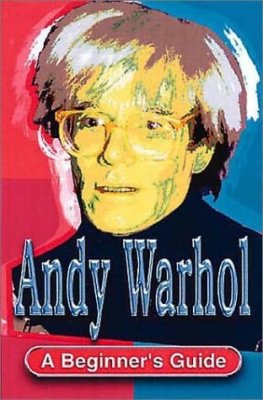
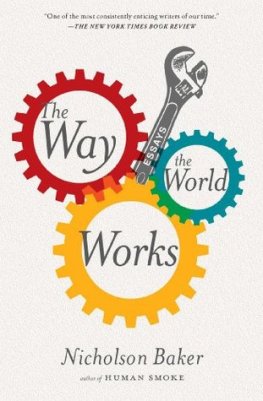
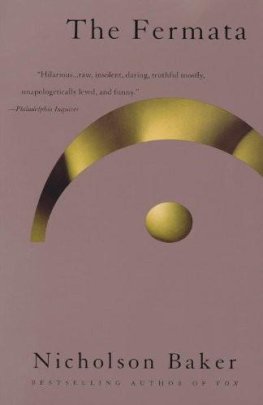
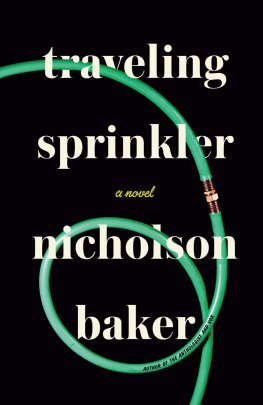
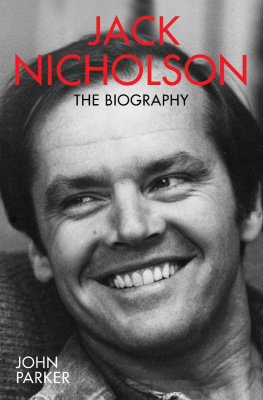
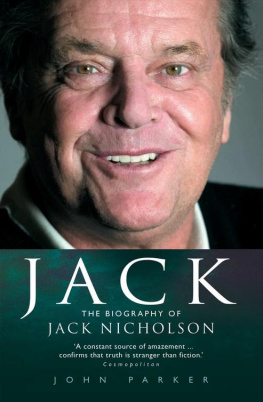
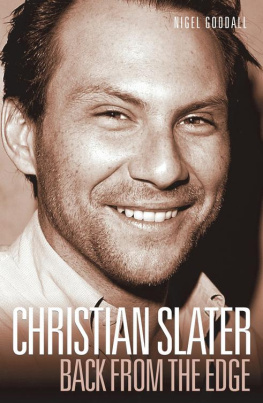


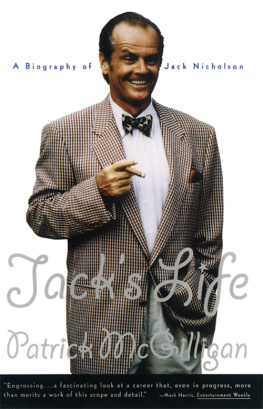

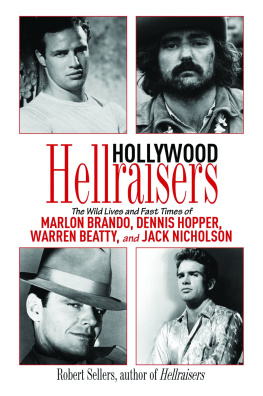

 The paper used in this publication meets the minimum requirements of American National Standard for Information Sciences Permanence of Paper for Printed Library Materials, ANSI/NISO Z39.48-1992.
The paper used in this publication meets the minimum requirements of American National Standard for Information Sciences Permanence of Paper for Printed Library Materials, ANSI/NISO Z39.48-1992.